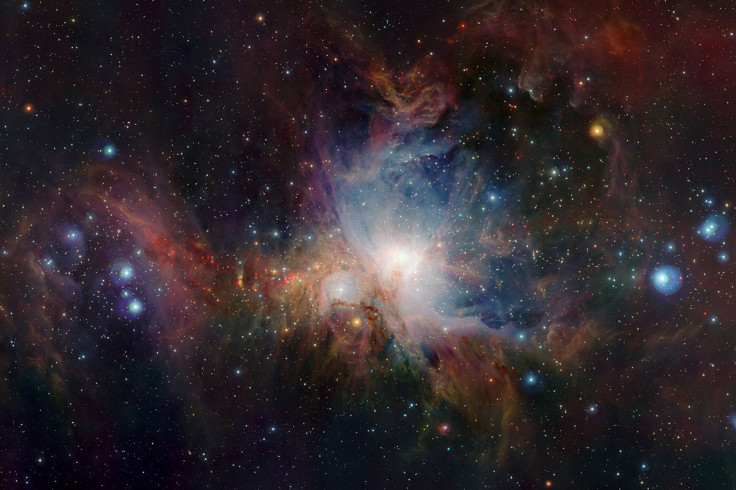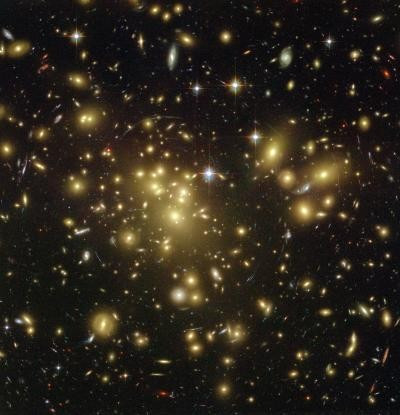Discovery of Oldest Star in Our Universe Changes Understanding of Big Bang

Australian astronomers have discovered the oldest star in the universe, which experts say could change our understanding of how the universe was formed.
The team from the Australian National University estimates the star is 13.6 billion years old and approximately 6,000 light years away from Earth within our galaxy. It was formed only a few million years after the Big Bang, which is believed to have occurred some 13.8 billion years ago.
The star has been given the catalogue reference of SMSS J 031300.36-670839.3 and is thought to have been formed in the wake of a primordial supernova. The discovery was published in the journal Nature.

Speaking to Reuters, Dr Stefan Keller, who led the research, said: "It's giving us insight into our fundamental place in the universe. What we're seeing is the origin of where all the material around us that we need to survive came from.
"This is the first time we've unambiguously been able to say we've got material from the first generation of stars. We're now going to be able to put that piece of the jigsaw puzzle in its right place."
According to Keller, the iron content of the star was used to determine its age. Iron, along with other elements, were forced in stars and supernovae. The Big Bang created a universe filled with hydrogen, helium and extremely small amounts of lithium.
While modern stars are created from multiple star explosions and contain many different elements, older stars are more simplistic in terms of composition.
The low iron content in the star suggests it was formed in a low energy explosion. This is a new discovery, as it means early supernovae were more varied in their energy than previously thought.
Keller told AFP: "The iron level of the Universe increases with time as successive generations of stars form and die. We can use the iron abundance of a star as a qualitative 'clock' telling us when the star was formed."
He added: "In the case of the star we have announced, the amount of iron present is less than one millionth that of the Sun and a factor of at least 60 times less than any other known star. This indicates that our star is the most ancient yet found."
Dr Keller told The Register that lithium was created during the Big Bang, but was removed over time by nuclear reactions within stars. However, there is a scarcity of lithium and not enough present in the Universe as models suggest there should be.
This new discovery suggests early stars were much larger and would have burned more lithium than experts previously realised. Keller said: "They burn the lithium, then they blow up, and don't emit much iron. This helps us bring the lithium abundance into line with what the Big Bang theory predicts."
© Copyright IBTimes 2025. All rights reserved.






















